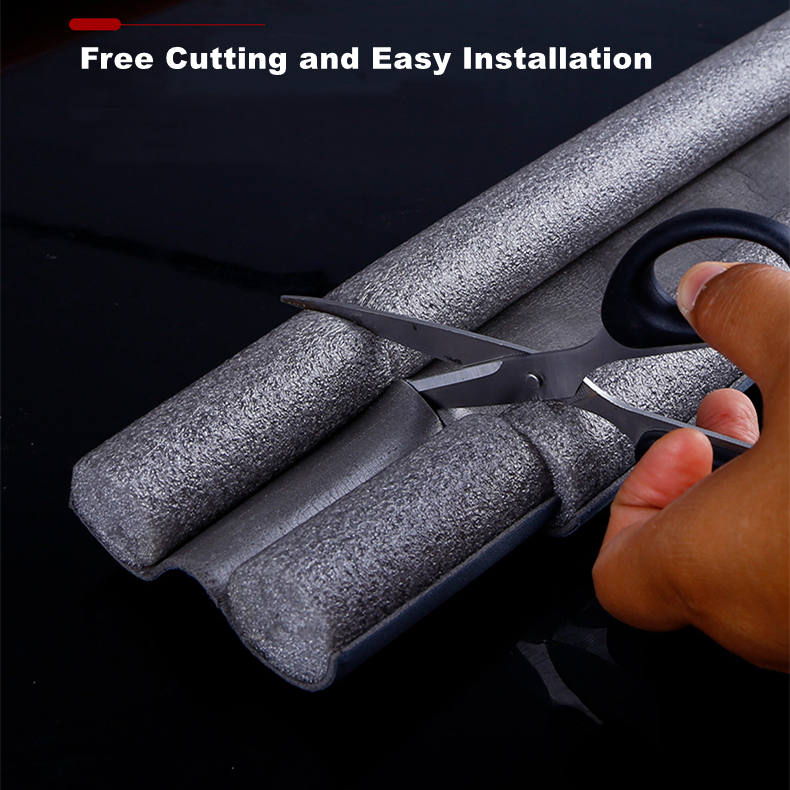Installing Weather Stripping for Garage Door Sides and Top for Enhanced Insulation
Garage Door Weather Stripping An Essential Guide for Side and Top Sealing
When it comes to maintaining a comfortable and energy-efficient home, the importance of proper insulation cannot be overstated. One of the often-overlooked areas where heat loss occurs is through the garage door. The gaps and spaces around the door can allow cold air in during the winter and warm air out during the summer, leading to increased energy costs and an uncomfortable working environment. This is where garage door weather stripping comes into play. It is an essential component for ensuring that your garage remains insulated while protecting it from the elements.
What is Garage Door Weather Stripping?
Garage door weather stripping is a protective seal that is installed around the edges of your garage door—specifically along the sides and top—to prevent air leaks. This type of weather stripping comes in various materials including rubber, vinyl, and foam. The primary purpose of this seal is to create a barrier that reduces drafts, keeps out pests, and minimizes moisture infiltration.
Why is Weather Stripping Important?
1. Energy Efficiency One of the biggest advantages of garage door weather stripping is its contribution to energy efficiency. With proper weather stripping, you can reduce the transfer of heat between your garage and the outside environment. This can lead to lower heating and cooling costs, as your HVAC system won’t have to work as hard to maintain the desired temperature in your home.
2. Preventing Water Damage Rain and snow can easily infiltrate an unsealed garage, leading to water damage and mold growth over time. Weather stripping helps to keep moisture out, protecting your belongings and the structural integrity of the garage itself.
3. Pest Control An unsealed garage can be an open invitation for pests such as rodents and insects. Proper weather stripping creates a barrier that makes it difficult for these unwelcome guests to enter your garage, helping to keep your space clean and safe.
4. Noise Reduction If you live in a noisy environment, weather stripping can also reduce sound transmission. It acts as a buffer, minimizing the noise from outside and creating a quieter garage space.
Choosing the Right Weather Stripping
When selecting weather stripping for your garage door, there are several options to consider
1. Type of Material Rubber and vinyl are popular choices due to their durability and flexibility. Foam is another option, but it may not last as long as rubber or vinyl. Ensure that the material you choose can withstand different weather conditions.
garage door weather stripping side and top

2. Thickness Depending on the gap size around your garage door, you may need a thicker weather stripping to effectively seal the area. Measure carefully to choose the right thickness for your needs.
3. Ease of Installation Some weather stripping can be easily installed with adhesive backing, while others may require more complex installation methods. If you are not particularly handy, opt for a product that is user-friendly.
4. Aesthetic Appeal While functionality is critical, consider the appearance of the weather stripping as it can also impact the overall look of your garage door. Select a style and color that complements your home’s exterior.
Installation Tips
Installing weather stripping on your garage door is a straightforward DIY project. Here are some steps to follow
1. Clean the Surface Ensure that the garage door’s edges are clean and free of dust or debris to facilitate a strong adhesion.
2. Measure the Gaps Measure the length of the sides and the top of the garage door to determine how much weather stripping you will need.
3. Cut the Weather Stripping Cut the weather stripping to the necessary lengths. Be precise to ensure a snug fit.
4. Apply the Weather Stripping Peel off the adhesive backing and firmly press the weather stripping into place, ensuring that it is properly aligned.
5. Check for Gaps Once installed, close the garage door and check for any light gaps. If you find any, adjust the weather stripping accordingly.
Conclusion
Installing weather stripping on the sides and top of your garage door is a simple yet effective way to enhance the energy efficiency of your home, prevent water damage, and keep pests at bay. By investing a little time and effort into this project, you can create a more comfortable, secure, and cost-effective garage space.
-
Under Door Draught Stopper: Essential ProtectionNewsJul.31,2025
-
Garage Door Seal and Weatherstrips for ProtectionNewsJul.31,2025
-
Edge Banding Tape for Perfect EdgesNewsJul.31,2025
-
Table Corner Guards and Wall Corner ProtectorsNewsJul.31,2025
-
Stair Nose Edging Trim and Tile Stair SolutionsNewsJul.31,2025
-
Truck Bed Rubber Mats for Pickup BedsNewsJul.31,2025
-
Window Weather Stripping for Noise ReductionNewsJul.29,2025